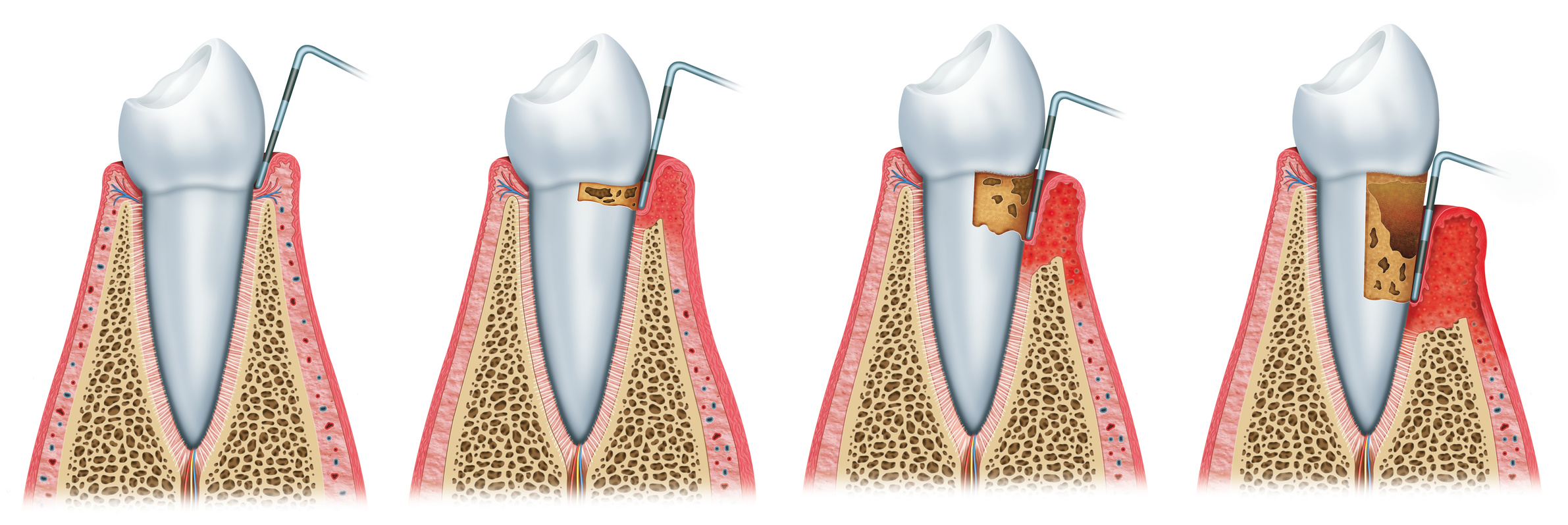Gingivitis is one of the most common dental problems. It is a serious problem that, if left untreated, can result in very unpleasant consequences. What are the causes of this condition and how should it be treated?
Causes of gingivitis
Gingivitis develops in people who do not brush their teeth thoroughly, which encourages the proliferation of bacteria on the surface of the teeth. The bacteria, combined with saliva and food debris, form what is known as plaque, which mineralises to form tartar. Tartar, in turn, penetrates under the gums and pulls them away from the roots of the teeth, allowing bacteria to destroy and weaken the stability of the teeth.
Gum problems can also be caused by medical conditions or by taking certain medications. Conditions that can promote the development of gingivitis include diabetes, leukaemia, anorexia and bulimia. Epilepsy drugs, preparations used to treat cardiovascular disease (calcium channel blockers) and certain antibiotics (cephalosporins) can also contribute.
Symptoms of gingivitis
The first symptoms of gingivitis can be seen as early as 3-4 weeks after excessive plaque build-up. The most common symptoms of this condition are swelling, redness and swelling of the gums, bleeding when brushing the teeth and biting food, hypersensitivity of the tooth necks to heat and cold, lowering of the tooth necks, as well as dryness, distaste and bad breath.
Treatment of gingivitis
The treatment of gingivitis depends primarily on the severity of the problem. In all cases, however, treatment begins with the thorough removal of plaque and calculus from the tooth surface. In cases where the inflammation is just beginning to develop, this procedure is usually a sufficient form of treatment. It is important, however, that the patient takes extremely careful care of the cleanliness of the oral cavity.
In the case of advanced inflammation, it is usually necessary to administer an antibiotic and immune-boosting agents. In addition, rinses that soften the deposit and are antibacterial in nature, as well as a healing gel, are also recommended. It is also necessary to check whether the gingivitis is caused by another condition.


